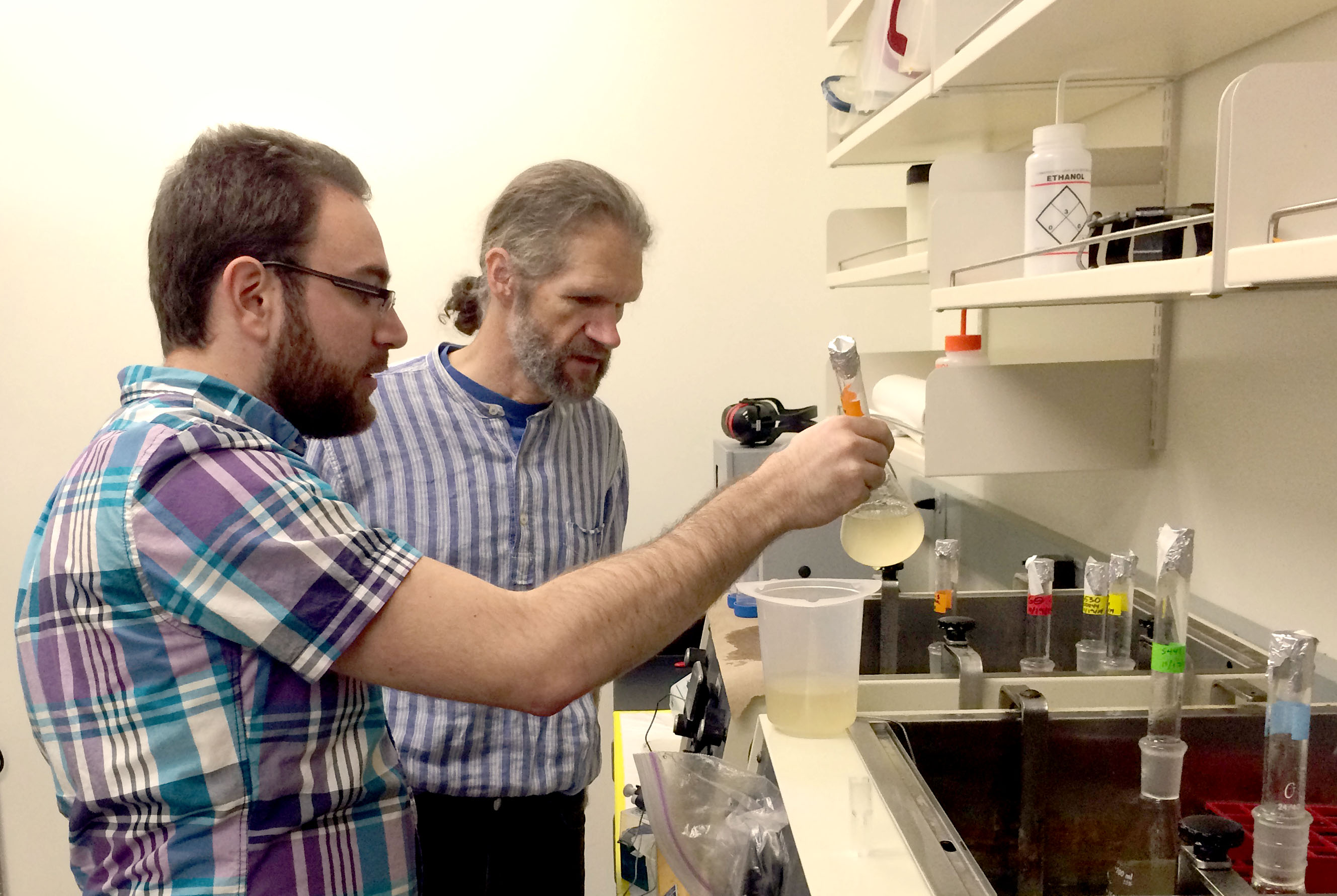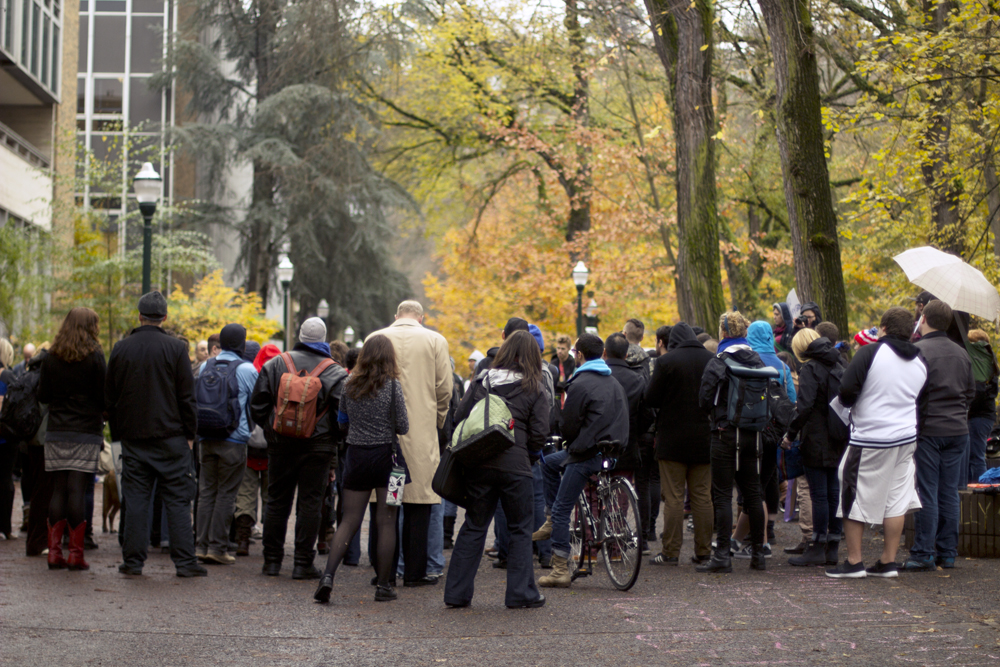Hunting viruses combines danger, detective work and potential leaps forward in medical science and astrobiology.
In the Portland State Center for Life in Extreme Environments, professor of biology Ken Stedman has unlocked the structure of the virus Sulfolobus Shibatae Virus 1 (SSV1) which bears a striking resemblance to HIV, the virus that causes AIDS.
Stedman said the similarity came as a surprise. His research on biological organisms in volcanic hot springs focuses on understanding how life is able to thrive in extreme conditions.
Stedman explained that this particular virus was originally discovered in Japan in the early ’80s, and that similar viruses are found in many places around the world.
“Wherever there’s a volcanic hot springs [which is] acidic, high temperature [up to 176 degrees Fahrenheit]…most of the time you’re going to find viruses that look like this one,” said Stedman.
The structure of the virus SSV1 has the appearance of two HIV frameworks stacked on top of each other, which may help scientists get a better understanding of HIV in the future, according to Stedman.
“We had no clue that it was going to be anything like this until we got this detailed model,” he said.
The viruses are perfectly safe for humans, according to Stedman, who said he’s not worried about exposure to them.
“I’m more worried about falling into the environment that they live in, because that would be way worse for me. Boiling acid is not good for us. It’s fine for them,” said Stedman. “Whenever we go in there, we’re incredibly careful about how we collect. There are places we don’t sample, because it’s just too dangerous.”
Stedman began looking at the structure of the virus to get clues about how it is able to survive in such conditions.
“We hadn’t gotten this kind of detailed structure until just now,” Stedman said.
Collaborating with the University of Texas Medical Branch at Galveston, Stedman and his team combined hundreds of images of the virus. He said, “from that, we were able to get a much more detailed structure than ever before.”
Stedman’s lab has received funding from NASA for a variety of projects. His research adds to the quest for understanding how life developed on Earth, and whether it could have also developed on Mars or other planets. Because the beginning of life on Earth occurred in extreme surroundings, studying current forms of life in similar conditions may tell us about our own beginnings, according to Stedman.
Stedman emphasized that while the similarity in structure between the virus SSV1 and HIV may help scientists to understand HIV better, these early results don’t guarantee any future breakthroughs for HIV research.
“As always in science, you come up with the best explanation you can, until you get more data,” Stedman said. “We’ve got some preliminary indications that this could be really cool and interesting, but who knows?”
Understanding its structure is just one of many projects related to the overall investigation of the virus, according to doctoral student Eric Iverson.
“We’re interested in learning more about the biology of the virus and how it interacts with its host,” said Iverson.
Each summer, Stedman and his assistants travel to Lassen Volcanic Natural Park to collect samples. The location is fascinating, according to PSU alumnus and research assistant David Goodman.
“There’s fumaroles steaming with sulfur and it’s like another planet. It’s like walking into Mordor,” said Goodman.
A film is currently in production which focuses on Stedman’s work, entitled Edge of Life. A trailer is available here.
The latest research will be featured on the cover of Virology on Jan. 15, 2015.
See the following video for more from Stedman and Goodman:







